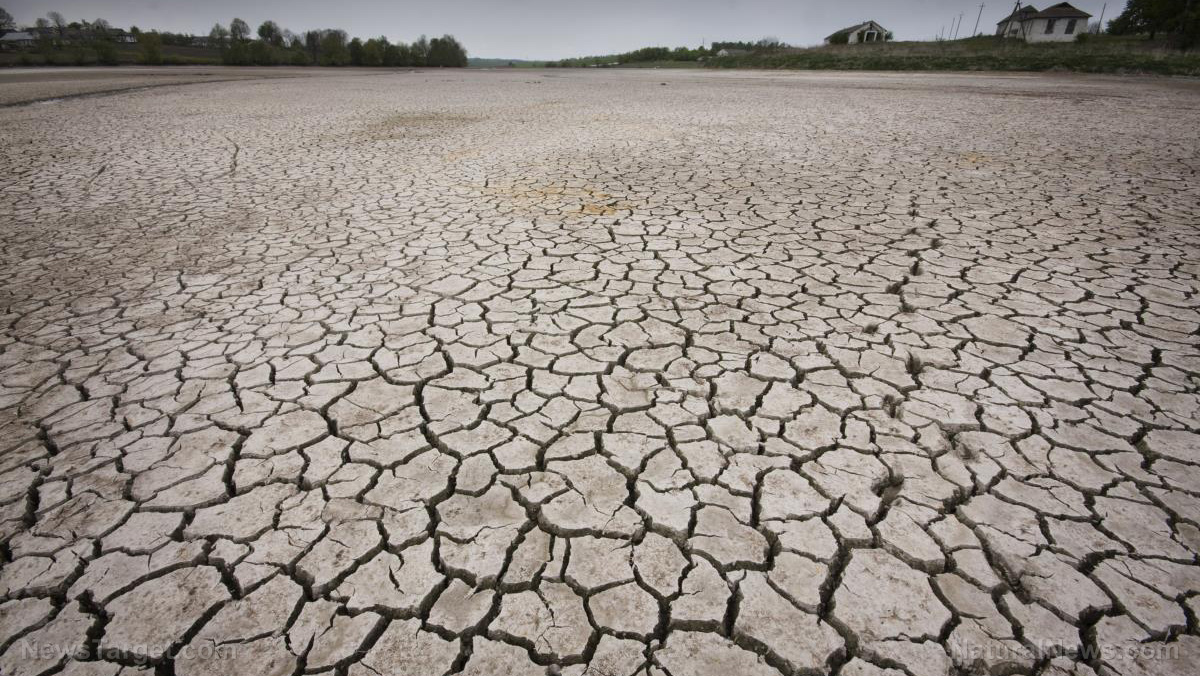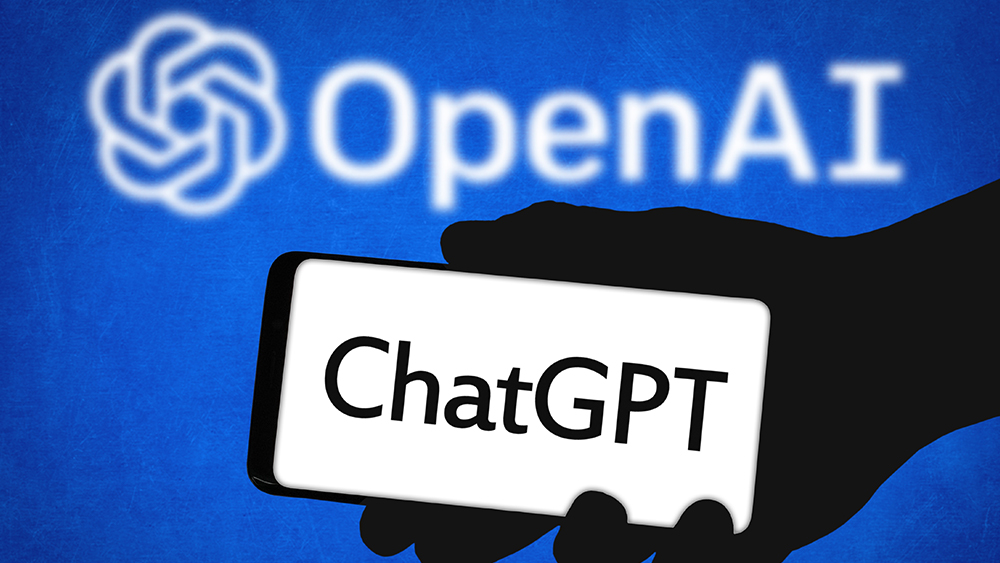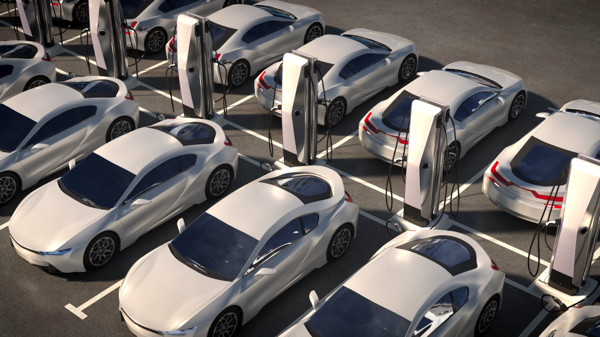Texas AI data centers drain water supply as residents face drought restrictions and shower limits
By isabelle // 2025-08-02
Tweet
Share
Copy

- Texas residents face severe drought and water restrictions while AI data centers consume millions of gallons unchecked.
- Microsoft’s Stargate campus in Abilene used 463 million gallons in two years, with projections hitting 400 billion by 2030.
- AI data centers lose most cooling water to evaporation, unlike recyclable residential use, worsening Texas’s water crisis.
- Microsoft pledges to be "water positive" by 2030, but critics say efforts don’t help communities hit hardest by shortages.
- Texas lacks regulations for data center water use, leaving residents to conserve while corporations operate without limits.
The hidden cost of AI’s water hunger
Data centers, the backbone of artificial intelligence and cloud computing, require vast amounts of water to cool their overheating servers. Unlike residential water use, which can be conserved and recycled, much of the water used for industrial cooling is lost to evaporation. Robert Mace, executive director of The Meadows Center for Water and the Environment at Texas State University, emphasized the severity of the issue: “People don’t think of data centers as industrial water users, but they are. Once that water evaporates, it’s just gone.” The numbers are staggering. According to the Texas Water Development Board, data centers are projected to consume 49 billion gallons in 2025—a figure that could balloon to 399 billion gallons by 2030. For context, that’s enough water to supply millions of households annually. Meanwhile, cities like San Antonio enforce Stage 3 water restrictions, limiting lawn watering to once a week and imposing surcharges on excessive residential use. The contradiction is impossible to ignore: while everyday Texans are told to cut back, corporate giants face no such limits. Microsoft, a major player in Texas’s AI boom, has pledged to become “water positive” by 2030, meaning it aims to replenish more water than it consumes. The company points to water restoration projects and the use of recycled water where possible. But critics argue these efforts often occur far from the communities most affected by water shortages. Transparency is another issue. Many water utilities only learn about new data center projects after construction begins, and some companies operate under shell entities or code names, avoiding public scrutiny.A looming crisis for Texas’s water future
The rapid growth of AI infrastructure is outpacing the state’s ability to regulate it. While Texas lawmakers passed bipartisan legislation (Senate Bill 6) to manage energy demands from data centers during grid emergencies, no equivalent measures exist for water use. The Stargate project, a $500 billion venture backed by OpenAI, Oracle, and SoftBank, epitomizes the problem. When completed, the Abilene campus will span 60 acres larger than New York’s Central Park and consume enough energy to power 750,000 homes. Though Microsoft claims Stargate will use a closed-loop cooling system—requiring only an initial 1 million-gallon fill with minor top-offs—experts remain skeptical of this approach's feasibility. With Texas’s population expected to grow by 10% every decade, the strain on water resources will only intensify. Already, nearly a quarter of the state remains in drought despite recent heavy rains. The Texas Water Development Board’s 2027 State Water Plan does not even account for data center consumption, leaving communities vulnerable to shortages. Cities like Tempe and Phoenix, Arizona, have already taken action by imposing water restrictions on data centers. Texas municipalities could adopt similar measures, such as block water rates or conservation ordinances, to help ease the problem. As Texas races toward a high-tech future, the question remains: at what cost? The unchecked expansion of AI data centers threatens to drain water reserves meant for future generations, all while residents are told to take shorter showers. Without urgent reforms, the state’s water crisis will only deepen, leaving everyday Texans to pay the price for corporate excess. Sources for this article include: EconomicTimes.IndiaTimes.com AustinChronicle.com SACurrent.comTweet
Share
Copy
You Might Also Like
Shield Arms unveils modular pistol system: Glock-compatible firearms with aluminum frames
By Finn Heartley // Share
Toxic FIREWORMS invade Texas beaches, sting beachgoers
By Ava Grace // Share
Texas redistricting showdown escalates: Abbott sues to remove Democrat leader over quorum break
By Willow Tohi // Share
Recent News
Archaeologists uncover vast prehistoric pit circle from the Neolithic era near Stonehenge
By kevinhughes // Share
Study finds MICROPLASTICS deep inside human bones, warns of osteoporosis risk
By avagrace // Share
Study: Heavy screen time linked to ADHD symptoms and brain changes in kids
By avagrace // Share










